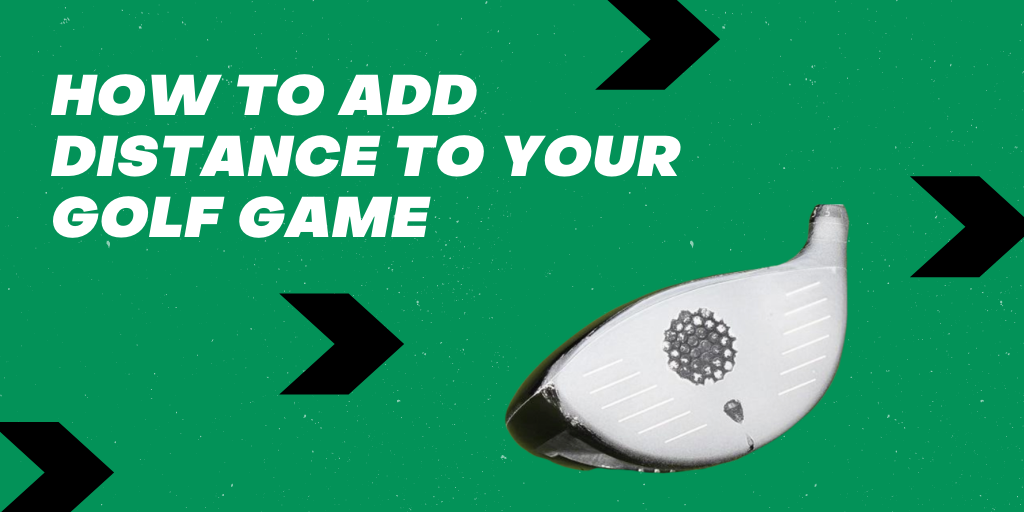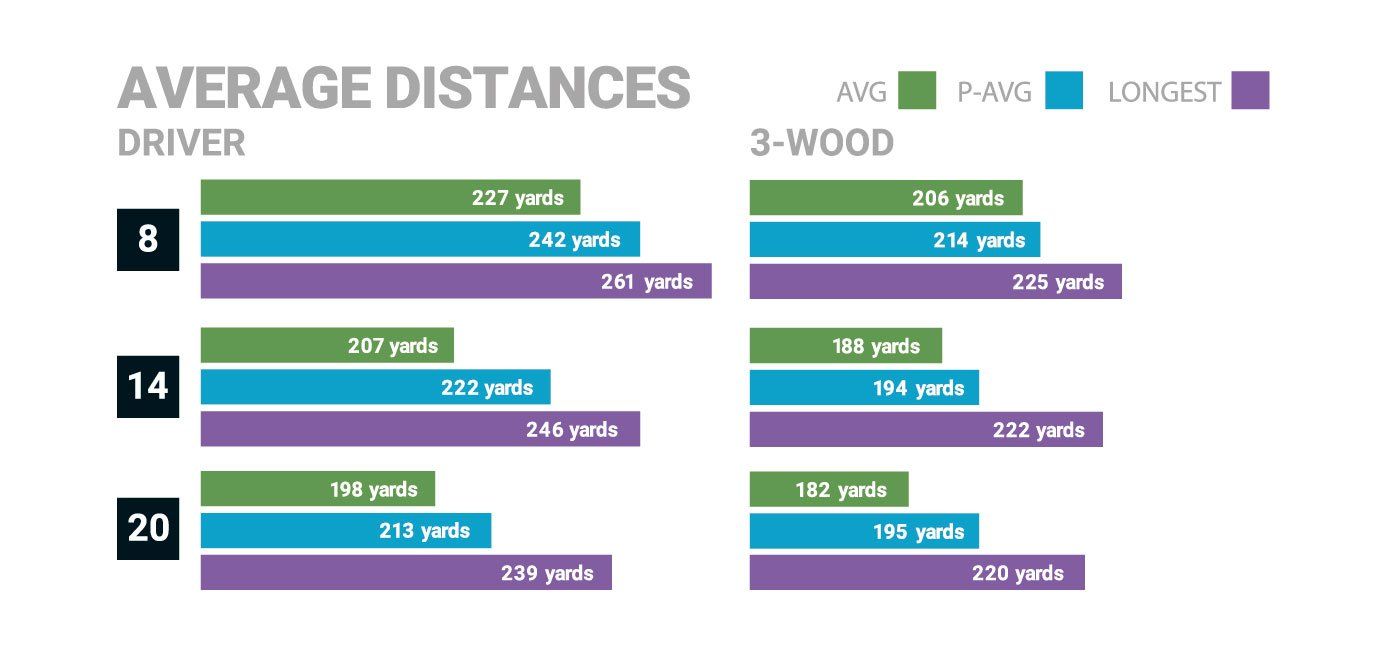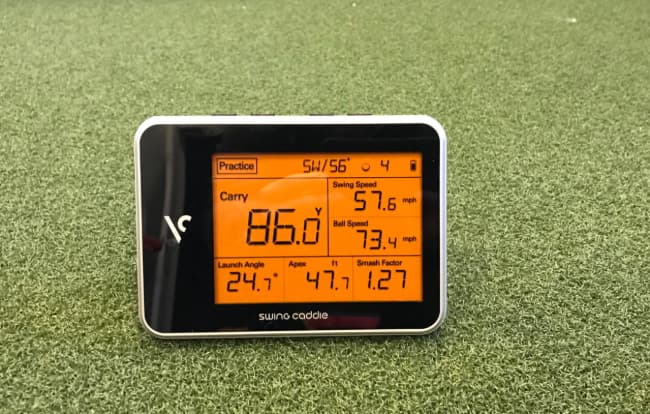
Adding distance is perpetually a hot topic in the golf world. Instead of talking about the pros, I want to talk about you - and why it's a good idea to pursue distance and how you do it responsibly.
Recently, Adam Young, Cordie Walker, and I recorded our third podcast episode on this topic. You can listen to it below. In this article, I'm also going to summarize some of the main recommendations I have for golfers, and link to other articles I've written to provide more detail.
Golf Science Lab · Should You Chase MORE Distance? / Adam Young + Jon Sherman of Practical Golf
Golf is a Game of Proximity
The closer you are to the hole, the better opportunity you have to post a lower score. All things being equal, distance is a scoring advantage. Mark Broadie demonstrated this in his ground-breaking book, Every Shot Counts.
While the pro game usually dominates the discussion about distance, and whether there is too much of it, the fact remains that recreational golfers need help in that department. The typical male golfer swings their driver at about 90 mph and doesn't drive the ball more than 230 yards on average. On top of that, almost every data point suggests that the farther you can hit it off the tee, your scores will drop.
Take a look at this chart from Shot Scope, which tracks the performance of golfers on the course. You can see a correlation between average driver distance and handicap level:

The good news is that you don't need to bulk up and drink 6-8 protein shakes a day to increase your ability to hit the ball farther. There are reasonable steps golfers of any level can take. But make no mistake, pursuing distance is a vital game-improvement category that shouldn't be overlooked.
Distance Through Efficiency
Most golfers assume that to hit the ball farther, they need to add swing speed. While speed certainly helps, it's not the only way to get the job done. In fact, for most players, going the "efficiency" route can be just as fruitful as trying to add swing speed.

Here are some of my key ideas on how to become more efficient:
- Strike: three factors primarily determine golf ball distance - ball speed, spin rate, and launch angle. There are ways to address each separately, but the number one skill any golfer can improve at is learning to strike the golf ball closer to the sweet spot more regularly. When you do this, the golf club can do what it's designed for, and optimize those three parameters, which will result in more distance. I'd recommend reading this article for more on that topic. Also, Adam Young's Strike Plan is perhaps the best training platform.
- Setup Tricks: If you want more length, particularly with your driver, there are a few things you can do that might result in quick distance wins. If you read my guide on how to hit your driver farther, you'll see some experiments you can perform with ball position and tee height, as well as some other ideas.
- Equipment: One of the biggest mistakes golfers make is purchasing clubs that aren't right for their swing. Marketing campaigns sway a lot of players, and many times end up buying clubs off the rack. I've learned a lot about golf equipment over the past five years, and how it can alter your performance on the course. My number one recommendation is to work with a qualified club-fitting professional. I've done numerous tests where I can lose (or gain) 20-30 yards with a driver by merely choosing the driver head, shaft, and making sure the settings are dialed in.
Learning to Move Your Body Faster
All things being equal, the faster you swing the golf club, the more distance you can expect. Many golfers certainly want to swing it faster, but they don't know ways to get it done correctly. In my research, I've encountered two methods - you can do them separately, but you'll likely get the best results if you do them together.
- Physical Training: A lot of golfers lack swing speed because their bodies aren't capable of moving faster. Sitting at a desk 40-50 hours a week without a fitness plan removes your body's ability to move the way it needs to. In this article, Mike Carrol from Fit 4 Golf explores three keys that can add swing speed - flexibility, strength, and power. I'm a big advocate of fitness in general because it can improve your health and quality of life. I'd suggest all golfers consider this route for their golf games, and beyond!
- Overspeed Training: The concept of Overspeed training has been around in multiple sports for decades. Mainly, you are teaching your body to move faster by training the body at speeds that are faster than what you are capable of usually. SuperSpeed Golf has taken this concept and applied it to the golf swing with its set of weighted clubs. Over the past five years, it's become one of the most popular training aids in the entire industry and is used by golfers of all levels with pretty positive results. You can learn more about this process in this article.
Benchmarking Yourself
Personal launch monitors have become all the rage over the last year, especially in the below $500 category. I've spent a lot of time testing all of these gadgets and writing reviews. One of their primary benefits is that they can measure your golf ball speed, swing speed, and estimate distances. If you're working on adding length to your game, these gadgets are a great and relatively inexpensive way to benchmark your progress.

Here are links to reviews on several that I recommend:
Wrapping It Up
Long story short, hitting the ball farther allows you to shoot lower scores. However, you should have a plan on how to add distance to your game! If you pursue some of the ideas in this article, or from our podcast episode, I think you'll see some nice results.
We care about the protection of your data Read our Privacy Policy